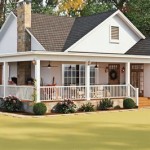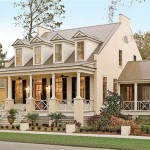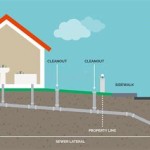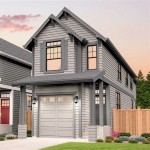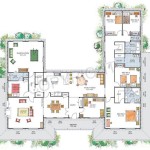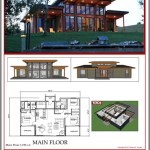Tiny house on wheels floor plans are becoming increasingly popular as more people look for ways to downsize their lifestyles or explore the world without the need to own a large, traditional home. These types of homes provide the flexibility to go wherever you want, while still having all the amenities of a traditional home. If you’re considering a tiny house on wheels, here are some tips and considerations to help you plan the perfect tiny home.
Finding the Right Floor Plan
When it comes to tiny house on wheels floor plans, you have a lot of options. You can choose from pre-made plans or create your own custom design. Pre-made plans are a great option for those who are just starting out, as they provide the basic layout for your tiny home. For those who want more customization, designing your own plan can be an exciting and rewarding experience.
When you’re looking for floor plans, consider what kind of amenities you’re looking for, such as a kitchen, bathroom, and bedroom. Think about the features you need and determine the size of your tiny house. For instance, if you plan to have a lot of guests, you may need a larger floor plan than someone who lives alone.
Layout Considerations
When planning your tiny house on wheels floor plan, there are a few considerations to keep in mind. First, consider how you plan to move your tiny home. Will you be towing it behind a vehicle or will you be using a trailer? You’ll need to make sure the layout of your tiny house allows for easy towing and storage.
Next, consider the layout of your tiny house in relation to the terrain. If you plan to move your tiny house to different locations, you’ll need to make sure your floor plan is suitable for the terrain. Will you need to build stairs or ramps? Will you need to install extra supports to make sure your tiny home is level? Taking these factors into account will help ensure your tiny house on wheels is safe and secure in all kinds of terrain.
Materials and Finishes
When it comes to materials, there are many options for building a tiny house on wheels. Plywood is a common choice for the walls and floors, as it’s lightweight and durable. You can also opt for steel framing or other materials, depending on your budget and preferences.
In terms of finishes, you can choose from a variety of siding materials, such as vinyl, metal, or wood. You’ll also need to consider the type of roof you want, as this will affect the overall weight and durability of your tiny house. Finally, you’ll need to pick out fixtures, such as windows and doors, to complete your tiny house on wheels floor plan.
Conclusion
Tiny house on wheels floor plans provide the flexibility to go wherever you want, while still having all the amenities of a traditional home. When it comes to designing a tiny house on wheels, there are many considerations to keep in mind, such as the size of the floor plan, layout, materials, and finishes. With careful planning and consideration, you can create the perfect tiny house on wheels floor plan that meets your needs and lifestyle.















Related Posts


